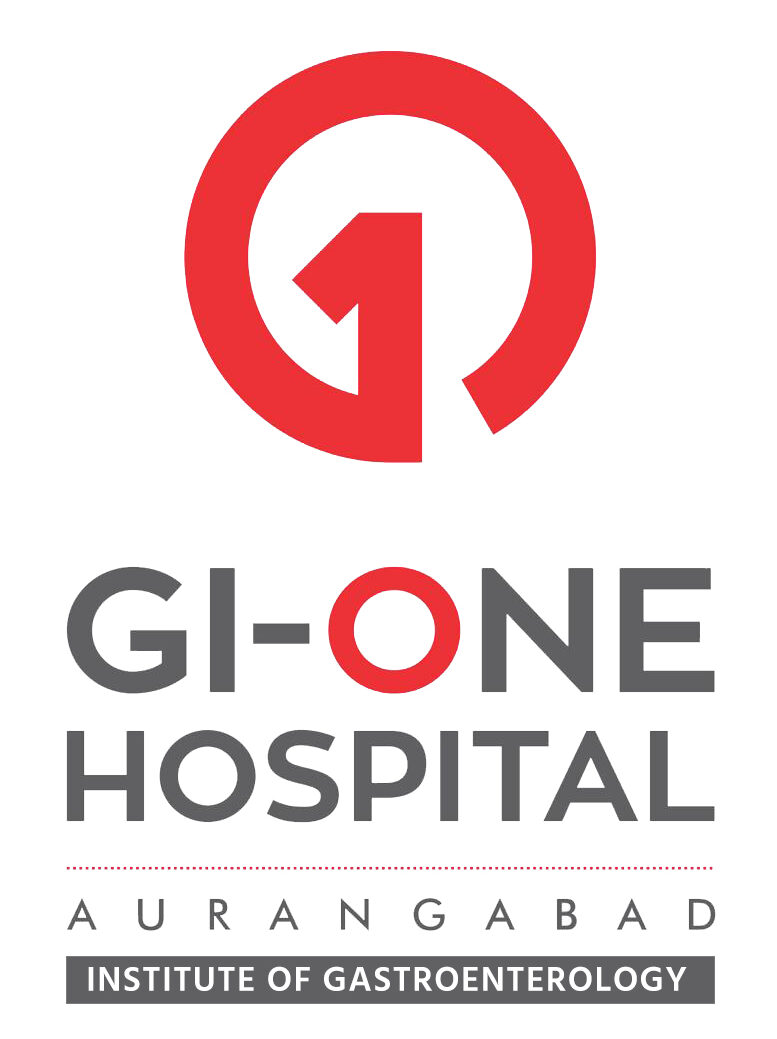Esophageal manometry
The esophagus is a muscular tube that connects your throat to your stomach. With each swallow, the esophagus muscle contracts and pushes food into the stomach. These rhythmic contractions are called as peristalsis. At the lower end of the esophagus, a valve (a special sphincter muscle) remains closed most of the time except when swallowed food or liquid is needed to move down in stomach or when you belch or vomit. The malfunction of this valve can cause acid reflux and heartburn. Esophageal manometry measures the pressures and the pattern of muscle contractions in your esophagus. Abnormalities in the contractions and strength of the muscle or in the sphincter at the lower end of the esophagus can result in pain, heartburn, and/or difficulty swallowing. Esophageal manometry is used to diagnose the conditions that can cause these symptoms.
Who needs to undergo manometry testing
Esophageal manometry is very effective in evaluating the contraction function of the esophagus in many situations. Esophageal manometry is used primarily in several food pipe symptoms like swallowing difficulties, heart burn, undiagnosed chest pain, chronic cough, before and after medical or surgical treatment of the esophagus (antireflux surgery)
Preparation
You should not eat or drink for eight hours prior to the procedure. You may be asked to stop certain medications that can affect the function of the esophagus. Your doctor may ask that you temporarily stop taking one or more medications before your test (like calcium channel blocker, beta blocker, nitroglycerine, caffeine, etc)
Procedure
Esophageal manometry is usually performed on an outpatient basis either in sitting or lying on bed. Your nose will be lubricated with a local anesthetic before the test begins to numb your throat and prevent gagging. Then a very thin, soft lubricated tube (Pressure measuring catheter) will be passed through your nose and advanced into your stomach while you swallow sips of water. Once the test begins it is important to breathe slowly and smoothly, remain as quiet as possible and avoid swallowing unless instructed to do so. During the exam, the technician usually asks the patient to swallow saliva (called a dry swallow) or water (called a wet swallow). The tube is connected to the computer which measures and records the pressures in different parts of your esophagus. The procedure takes about 15 minutes from start to finish and you can resume regular activity immediately after the exam. A normal pattern may be seen where the esophagus has regular, sweeping contraction waves and excellent function of the valve at the end of the esophagus. Variety of abnormal contraction patterns can be seen like achalasia, ineffective contraction, esophageal spasm, or strong/intense contractions
Side effects
A temporary, mild sore throat and bloating sometimes occur after the exam.
Alternative test/option
Other test to examine esophagus are barium study, and endoscopy. But these cannot measure the pressures in the esophagus and esophageal valve.

